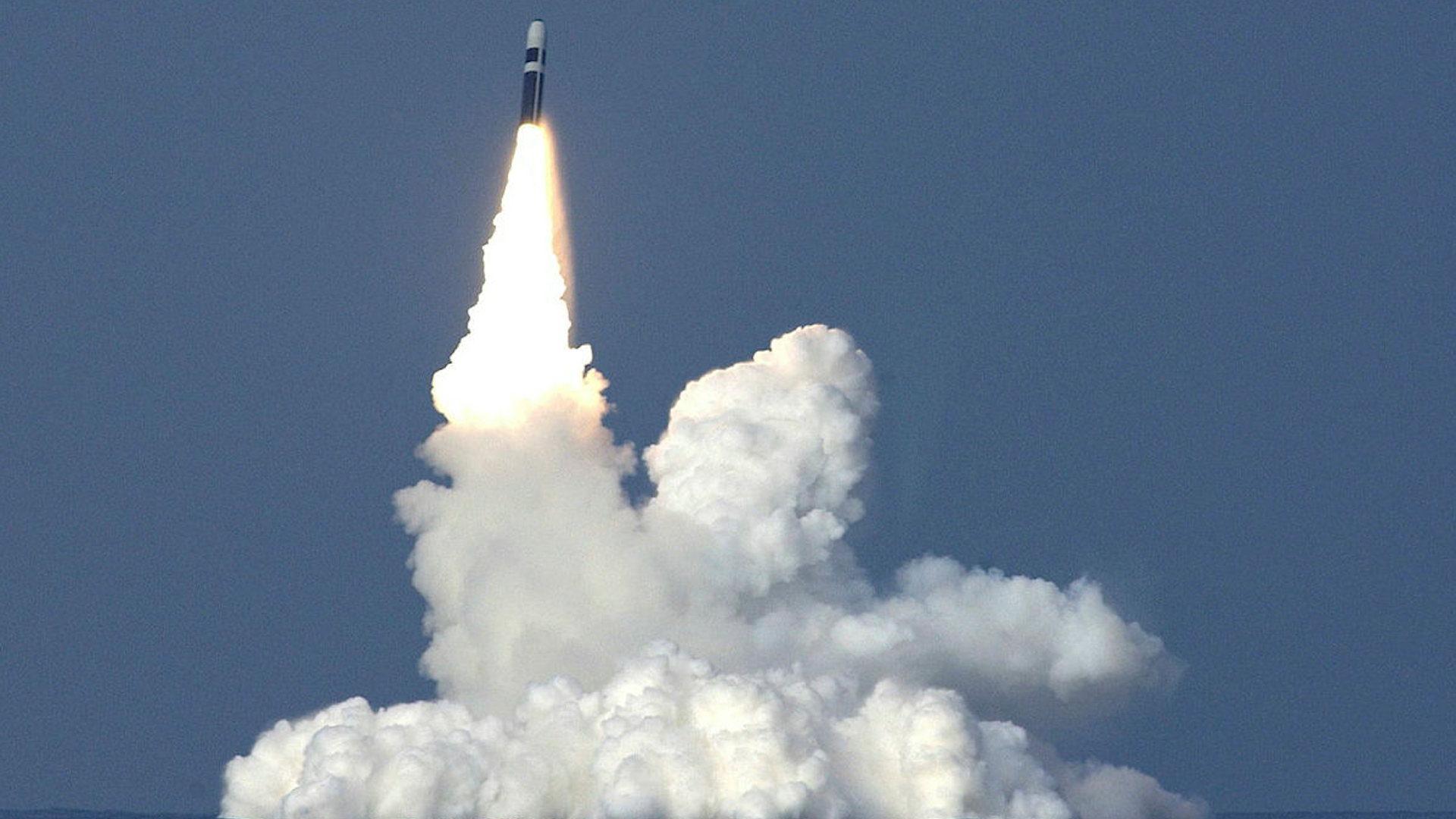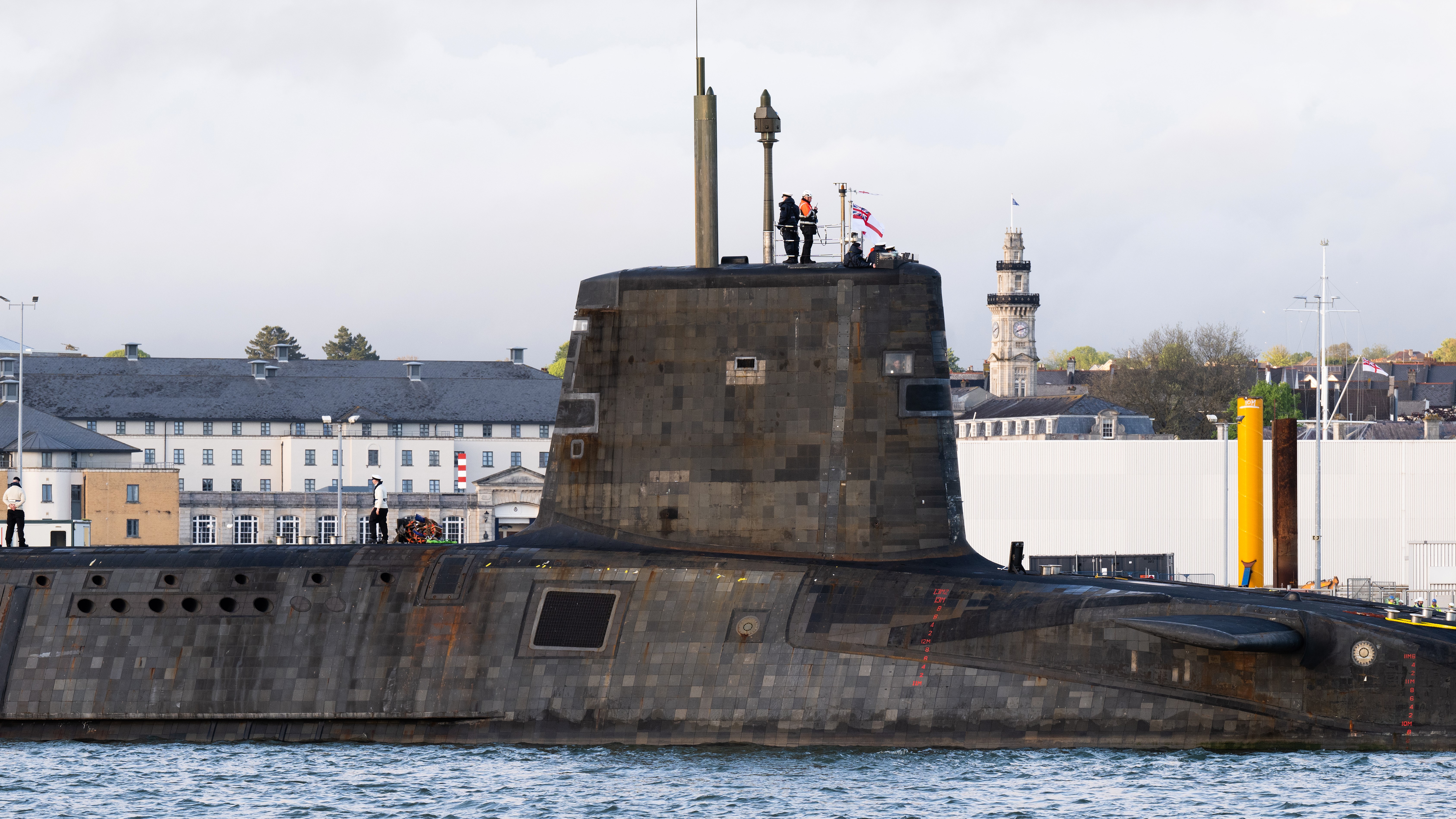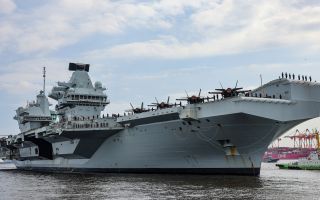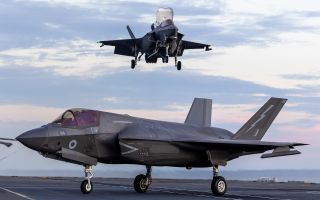
Trident missile misfires during test launch for second time in a row

The Ministry of Defence (MOD) says it has "absolute confidence" in the UK's nuclear deterrent despite a second failed Trident missile test in a row.
The test launch was carried out by Vanguard-class nuclear submarine HMS Vanguard last month, with the MOD describing what caused the missile to fail as an "anomaly".
A senior source told Forces News the Navy is confident the failure has no wider implications for the system, the boat or the deterrent as a whole.
The Sun, which first reported the test failure, said a dummy Trident 2 missile was propelled into the air by compressed gas in its launch tube, but that its so-called first-stage boosters did not ignite.
An anonymous source quoted by The Sun said: "It left the submarine but it just went plop, right next to them."
All evidence suggests that the issue was with the missile, not HMS Vanguard's crew who have been praised by the First Sea Lord who was on the submarine for the test fire alongside Defence Secretary Grant Shapps.

In a written statement to Parliament, Mr Shapps said: "The test reaffirmed the effectiveness of the UK’s nuclear deterrent, in which the Government has absolute confidence. The submarine and crew were successfully certified and will rejoin the operational cycle as planned.
"On this occasion, an anomaly did occur, but it was event specific and there are no implications for the reliability of the wider Trident missile systems and stockpiles. Nor are there any implications for our ability to fire our nuclear weapons, should the circumstances arise in which we need to do so.
"The Trident missile system remains the most reliable weapons system in the world, having successfully completed more than 190 tests.
"The Government has absolute confidence that the UK’s deterrent remains effective, dependable and formidable."
Shadow defence secretary John Healey earlier described the reports of the failure as "concerning".
The failed test fire was the culmination of a period of exercises for HMS Vanguard and her crew following a major refit programme.
"HMS Vanguard and her crew have been proven fully capable of operating the UK's Continuous At-Sea Deterrent, passing all tests during a recent demonstration and shakedown operation (DASO) - a routine test to confirm that the submarine can return to service following deep maintenance work," an MOD spokesperson said.
"The test has reaffirmed the effectiveness of the UK's nuclear deterrent, in which we have absolute confidence.
"During the test an anomaly occurred. As a matter of national security, we cannot provide further information on this, however we are confident that the anomaly was event specific, and therefore there are no implications for the reliability of the wider Trident missile systems and stockpile.
"The UK’s nuclear deterrent remains safe, secure and effective.”
First Sea Lord Admiral Ben Key posted on X: "Amidst all today's headlines, I want to recognise the exemplary work of HMS Vanguard’s crew to become fully certified and ready to rejoin the operational fleet.
"A crucial milestone after a challenging refit. They and the many involved ashore have my deep appreciation and thanks."
HMS Vanguard is one of four Vanguard-class nuclear submarines that first went on patrol in 1994, with one of the vessels continually at sea.
They carry the American-built Trident II D5 nuclear missiles, the mainstay of Britain's strategic nuclear deterrent.
A Trident missile can be fired at targets up to 4,000 miles away and at its fastest can travel at more than 13,000 miles an hour.
They are 13 metres long, weigh 130,000lb (58,500kg) and are ejected from the submarine by high-pressured gas before they fire as they reach the surface of the water.
Each Vanguard-class submarine can hold up to 16 intercontinental ballistic missiles, but will only carry up to eight Trident rockets and up to 40 nuclear warheads.
The bigger Dreadnought-class submarines are set to replace the Vanguard-class boats in the 2030s.








